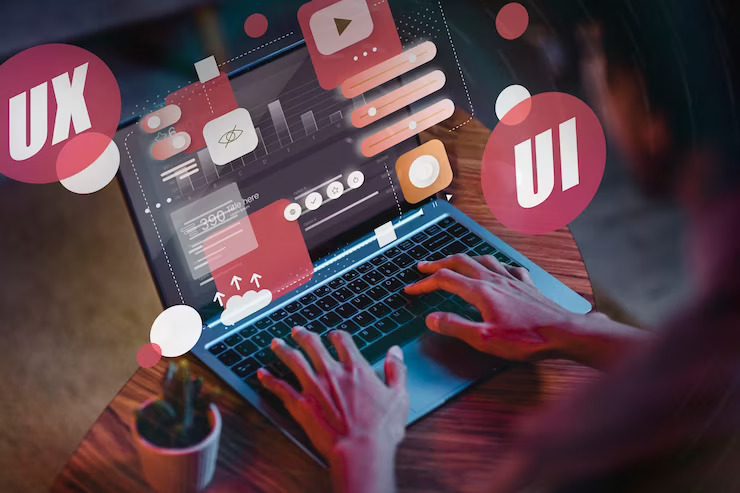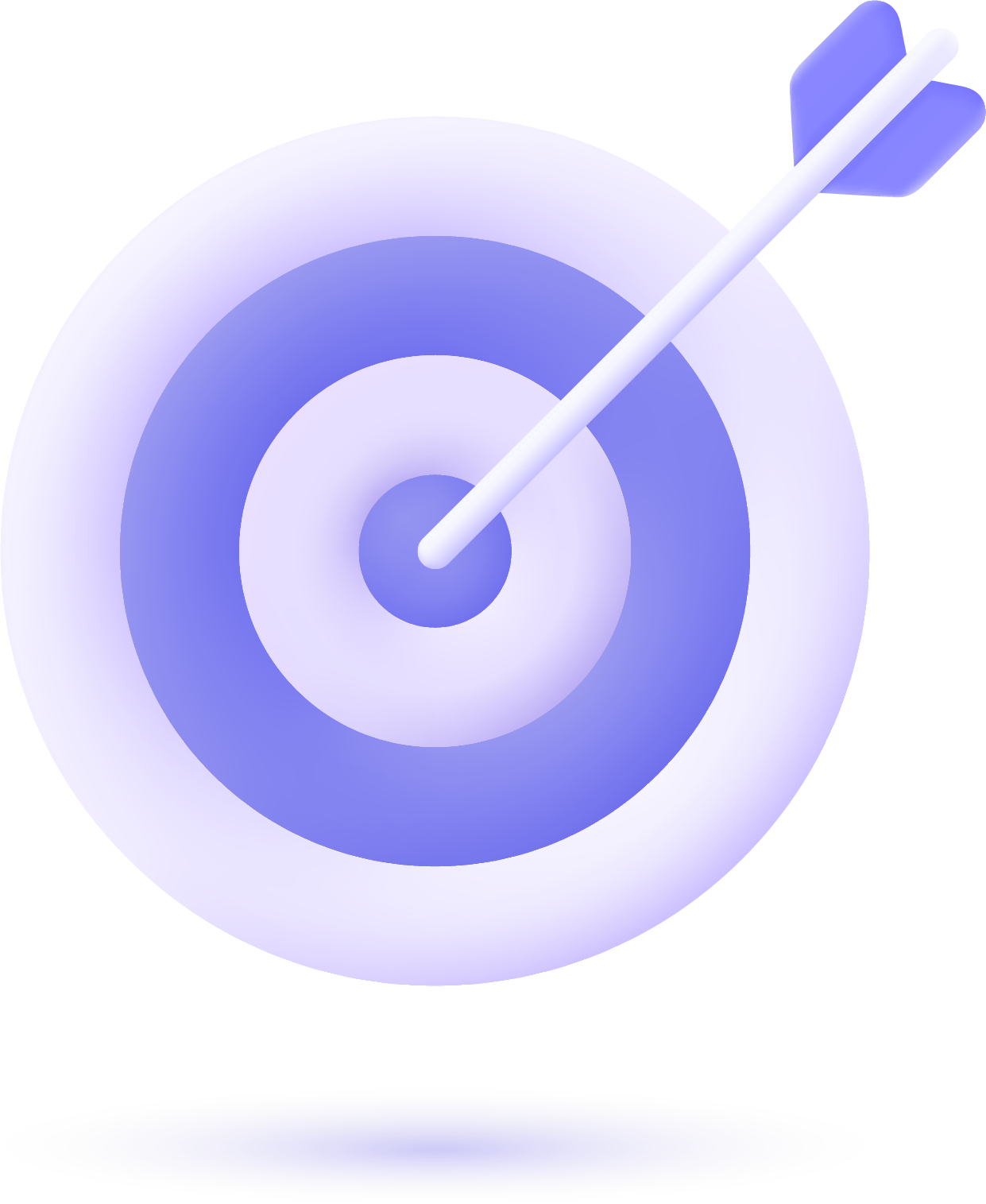1. Dark Mode: Dark mode design, with a dark color scheme for the background and light-colored text and elements, has gained popularity. It reduces eye strain, saves battery life on certain devices, and provides a sleek and sophisticated look.
Application: Implement dark mode as an alternative color scheme for your website to offer users a choice based on their preferences.
2. Neumorphism: Neumorphism is a design style that creates a soft, 3D-like appearance by combining subtle shadows and highlights. It gives elements a “floating” effect, creating depth and a tactile look.
Application: Use neumorphic design for buttons, cards, and other interactive elements to add a modern and elegant touch to your website.
3. Soft Gradients: Gradients are making a comeback, but with a softer and more subtle approach. Soft gradients add depth and visual interest without being overwhelming.
Application: Apply soft gradients to backgrounds, buttons, or headers to add a touch of color and depth to your design.
4. Organic Shapes: Moving away from rigid and geometric shapes, organic shapes provide a more natural and artistic feel to web design. They can add uniqueness and creativity to a website.
Application: Incorporate organic shapes in illustrations, backgrounds, or section dividers to create a visually distinctive design.
5. Immersive Multimedia: Using multimedia elements like videos, animations, and interactive content, websites can create immersive and engaging experiences for users.
Application: Incorporate subtle animations, cinemagraphs, or interactive elements to enhance user engagement and storytelling.
6. Bold Typography: Big, bold typography is being used to make a strong visual impact and improve readability. Custom fonts and creative text arrangements are prevalent.
Application: Use attention-grabbing headlines and prominent text to convey important messages and create visual interest.
7. Minimalism and White Space: Minimalist design, with ample white space and clean layouts, remains popular. It helps focus attention on essential elements and provides a sense of elegance and sophistication.
Application: Embrace minimalism to declutter your design, allowing users to focus on your content and calls to action.
8. 3D Elements and Illustrations: Incorporating 3D elements and illustrations adds depth and realism to web design, making it more visually appealing and interactive.
Application: Use 3D illustrations or elements to showcase products, tell stories, or provide interactive experiences.
9. Microinteractions: Microinteractions are small animations or responses to user actions, such as button clicks or form submissions. They add a delightful and engaging touch to the overall experience.
Application: Add subtle microinteractions to buttons, form elements, or navigation to make interactions more enjoyable.
10. Augmented Reality (AR) Integration: AR integration on websites allows users to experience products in a more interactive and personalized way, bridging the gap between physical and digital shopping.
Application: Implement AR features for products like furniture, clothing, or cosmetics, providing users with immersive experiences.
Conclusion: Web design trends continually evolve to meet user expectations and technological advancements. By incorporating these latest trends, designers can create visually stunning, modern, and engaging websites that leave a lasting impression on users. However, it’s essential to strike a balance between incorporating trends and maintaining usability and accessibility, ensuring that the design enhances the overall user experience rather than hindering it.





